Femoral diaphyseal spiral fracture in 22 month old
Score and Comment on this Case
Clinical Details
Clinical and radiological findings: A large-for-age 13kg 22m old child presents to emergency in the early evening following witnessed involvement in a collision between older siblings playing on bicycles. There is no concern regarding NAI. The injury is closed, the limb NV intact. Plain film radiology demonstrates a displaced femoral diaphyseal spiral fracture.
Preoperative Plan
Planning remarks: Following discussion with the parents regarding conservative vs operative management strategies, an operative strategy was agreed upon, with twin retrograde Ti ECMES nails. a 3rd nail was not considered necessary given the patients age and weight.
Surgical Discussion
Patient positioning: Supine on a radiotranslucent operating table
Anatomical surgical approach: Medial and lateral 1cm incisions allowing awl entry 1-2cm proxial to the physis
Operative remarks:Note timing and duration of surgery: Surgery was performed within 3 hours of presentation, with a total operative duration of 14minutes. Intraoperative assessment of stability, length, and rotation was primarily based on fluroscopic imaging, followed by clinical examination against the uninjured side.
Postoperative protocol: No postoperative splinting was used. WBAT is allowed. Patient was discharged from hospital the following morning. Time in inpatient care under 24hours.
Orthopaedic implants used: 2x 2.5mm Ti ECMES/ESIN elastic nails (Synthes)
PubMed® Literature Review
Generated by The Literature - Realtime PubMed® AnalysisComparisons between traction and spica casting versus ESIN have not demonstrated significant differences in clinical and functional outcomes. However, the elastic nailing approach is associated with a markedly reduced duration of inpatient hospital admission and a lower overall cost. In the case of a femoral shaft fracture in a 2-year-old, the literature does not provide clear superiority of one technique over another for this specific age group. Nonetheless, the beneficial aspects of ESIN, such as cost-effectiveness and overall strong efficacy for indicated age and weight groups, suggest potential advantages. Two large studies support using elastic stable intramedullary nailing (ESIN) for femur fractures in patients as young as two [1][3][4]. A 2010-2020 study analyzed 30 patients (average age 2.1 ± 0.7 years) treated with ESIN. The average time-to-surgery was 4.6 hours, with signs of fracture consolidation in 2/3 of patients after 3.4 weeks [3]. Full mobility was achieved in about 5.6 weeks without ESIN-related complications or non-union [3]. A 2019 retrospective study on 2-15 year olds with unstable femoral fractures found similar recovery timelines [4]. Yet, the 5.1 months average follow-up time in the first study and lack of control groups in both studies limits the strength of the evidence [3]. The orthopedic field debates optimal treatment for young patients. Some studies suggest surgical fixation for younger patients [5][8]. However, a comparison between ESIN and spica casting found no significant difference in outcomes despite age differences [6]. An age-based and evidence-based algorithm emphasizes patient-specific treatment considerations [2]. While ESIN is promising for treating femur fractures in young patients, more randomized control trials and long-term follow-up studies are needed to evaluate its efficacy and potential complications.
Author's Resources & References
Search for Related Literature
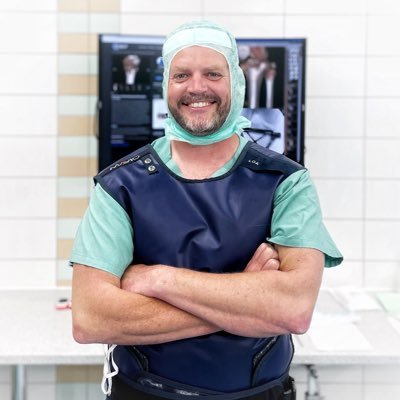
Dr Ed Oates
- Germany , Schleswig Holstein
- Area of Specialty - General Trauma
- Position - Specialist Consultant

Industry Sponsership
contact us for advertising opportunities
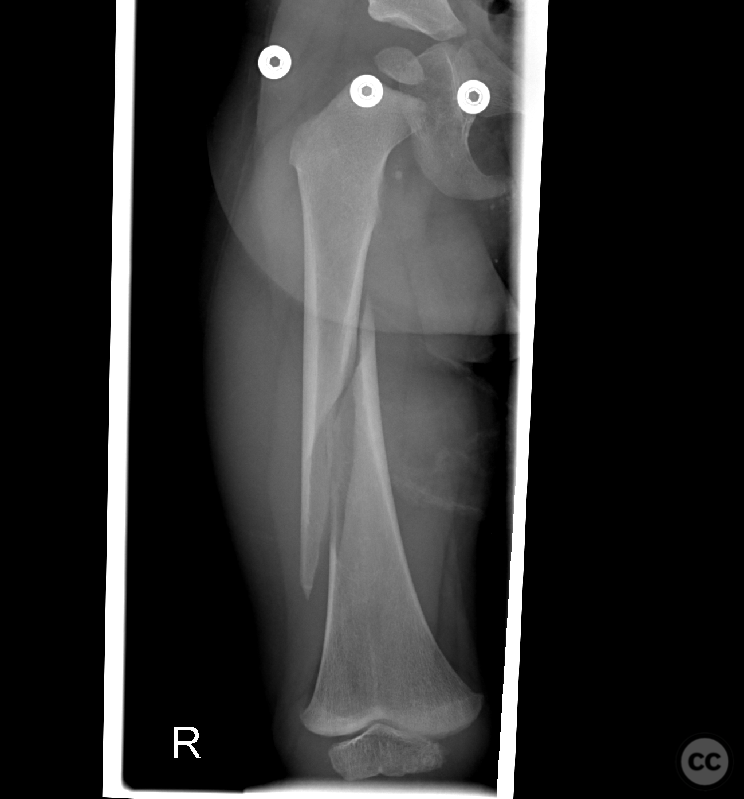
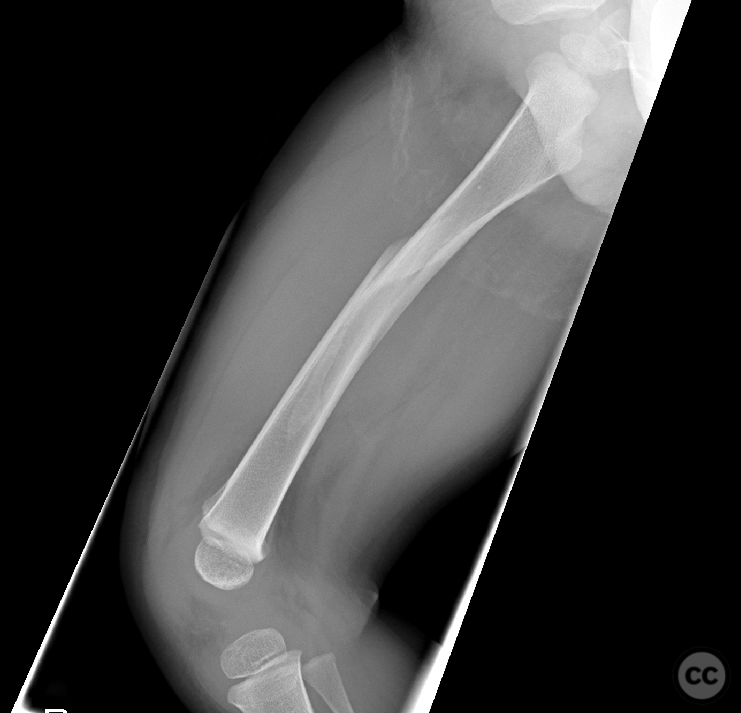
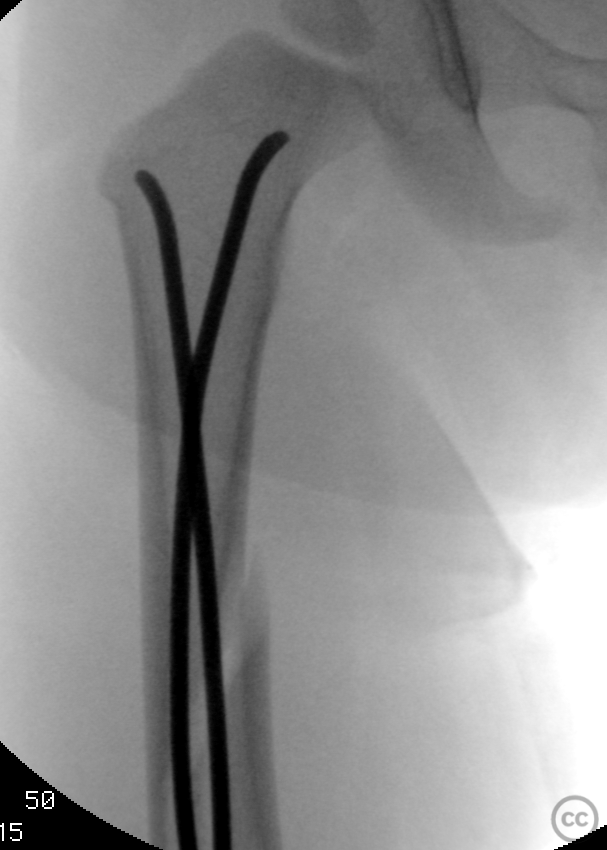
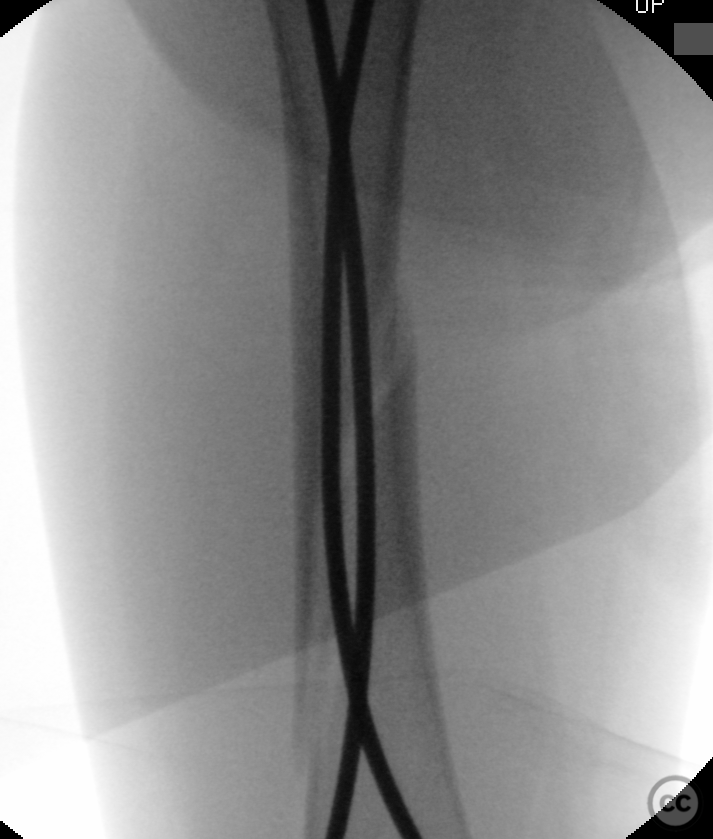
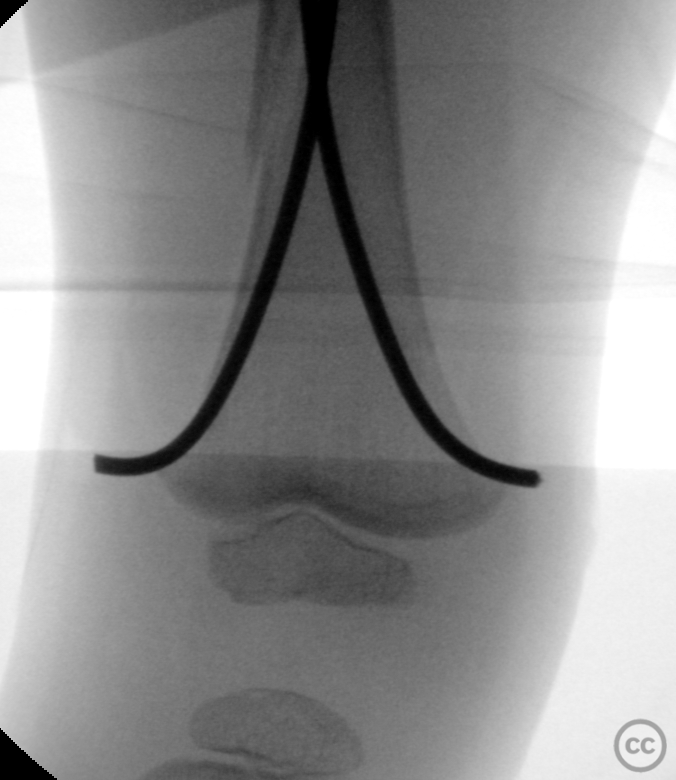
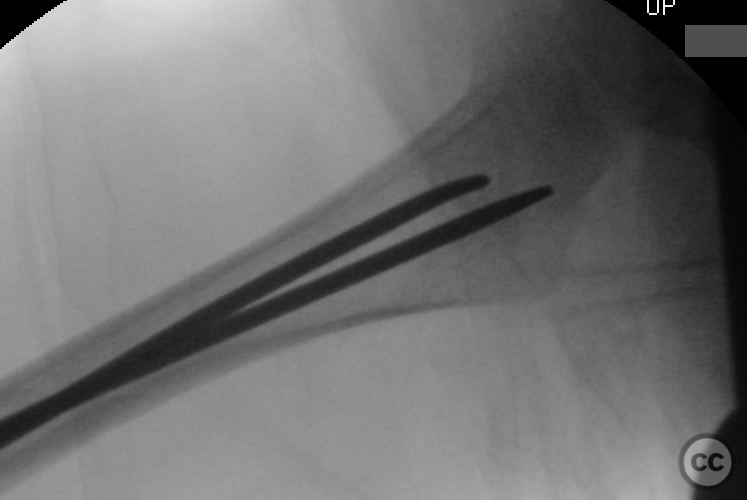
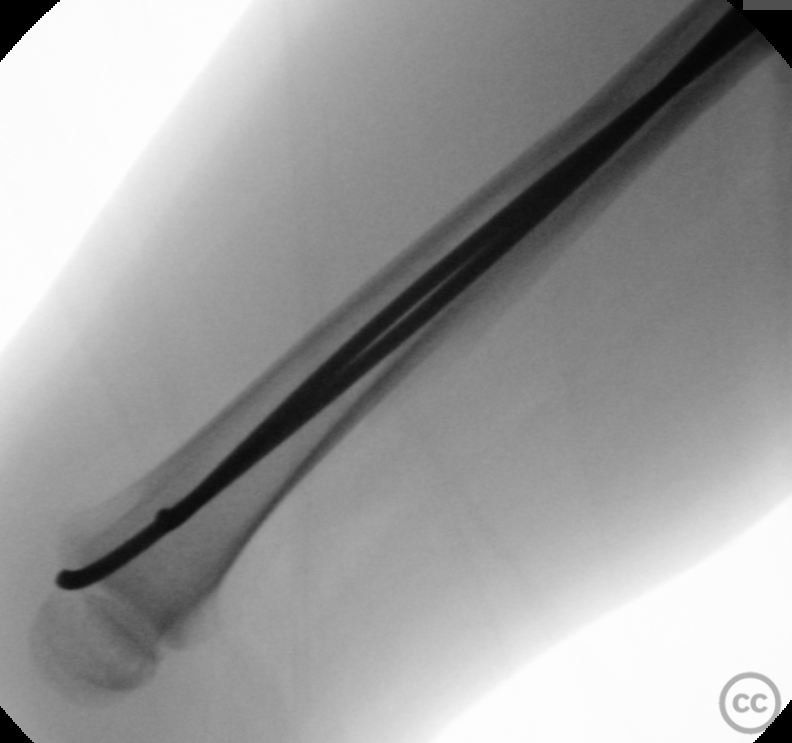
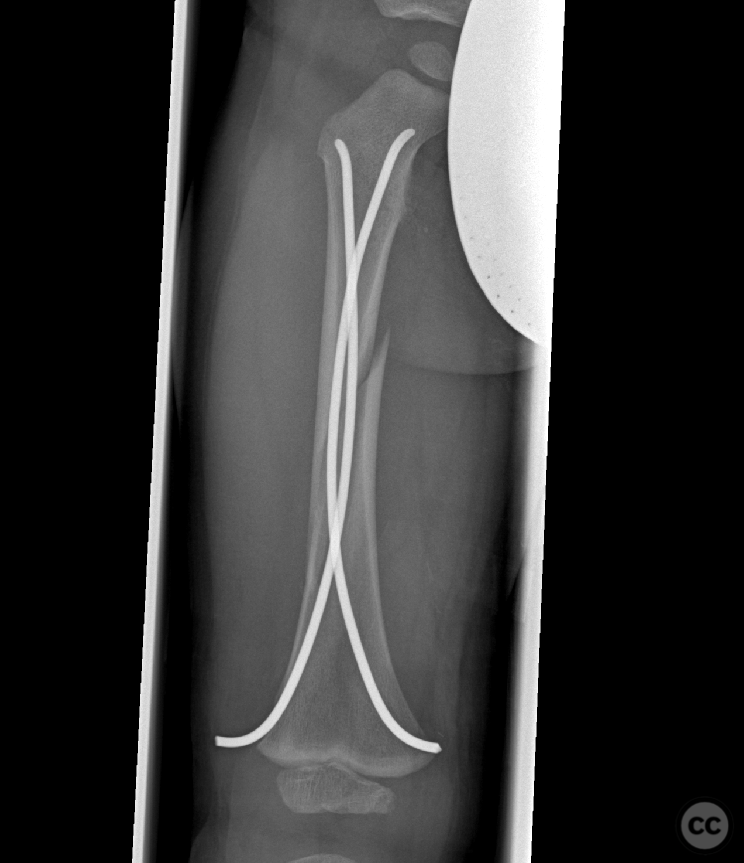
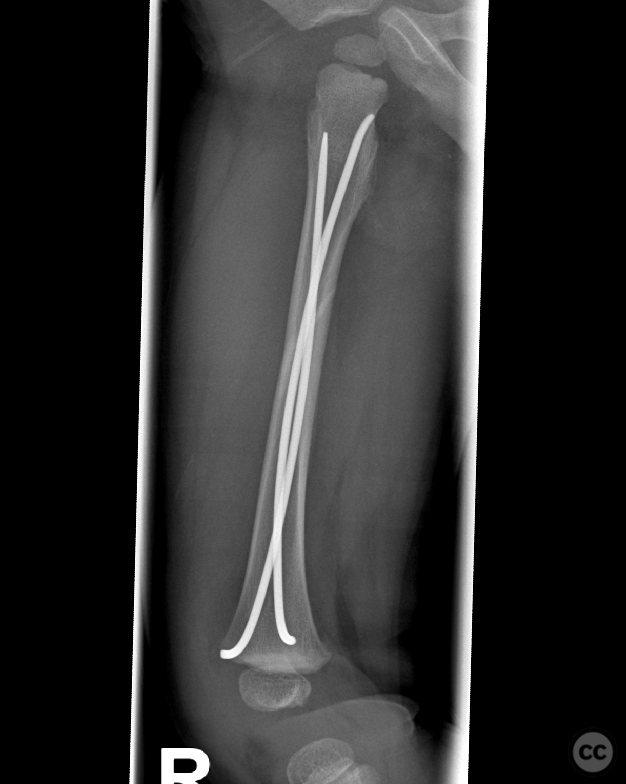
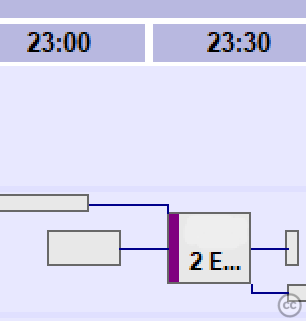
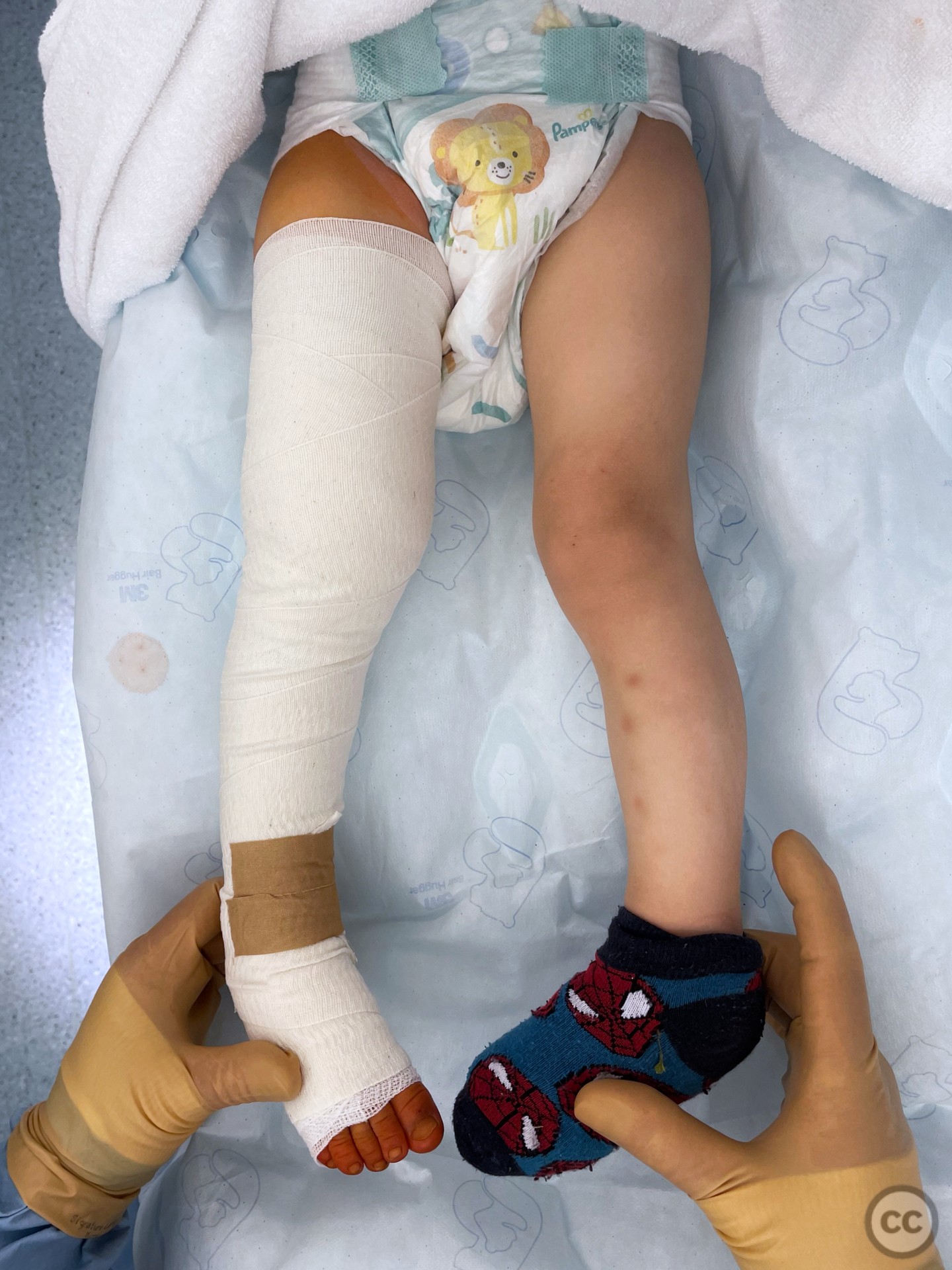
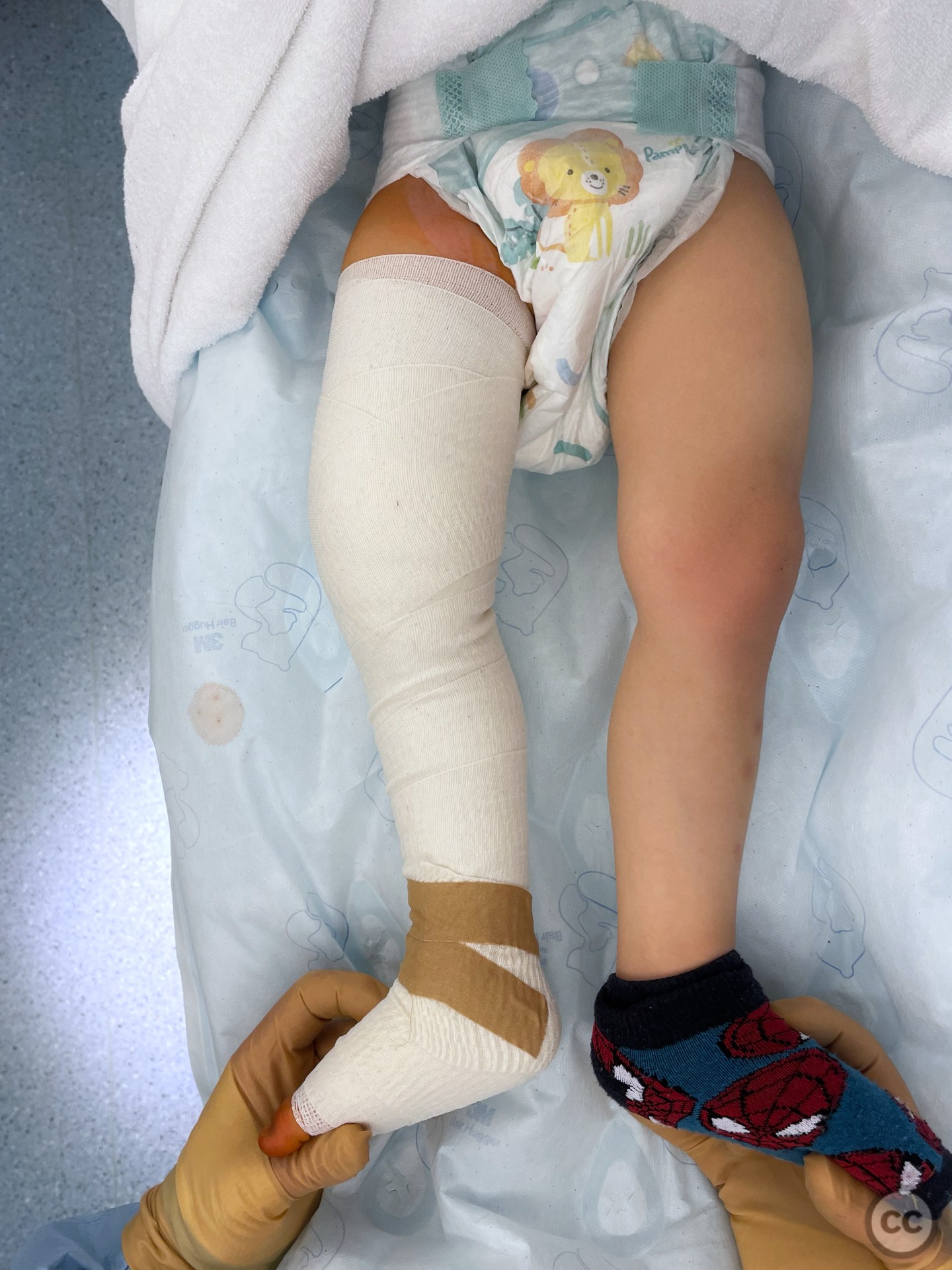
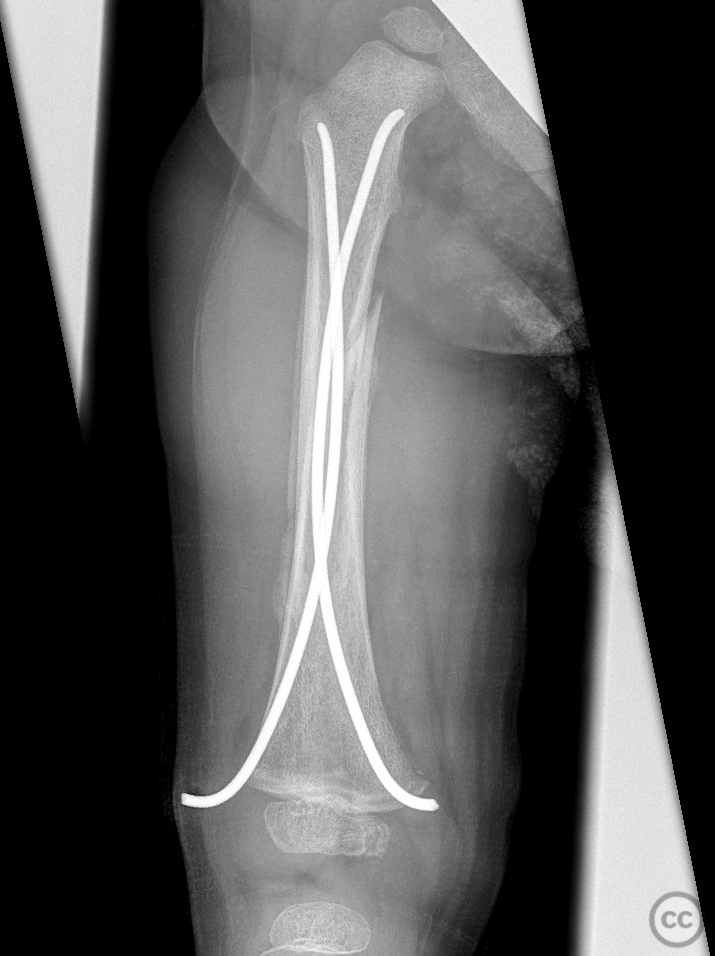
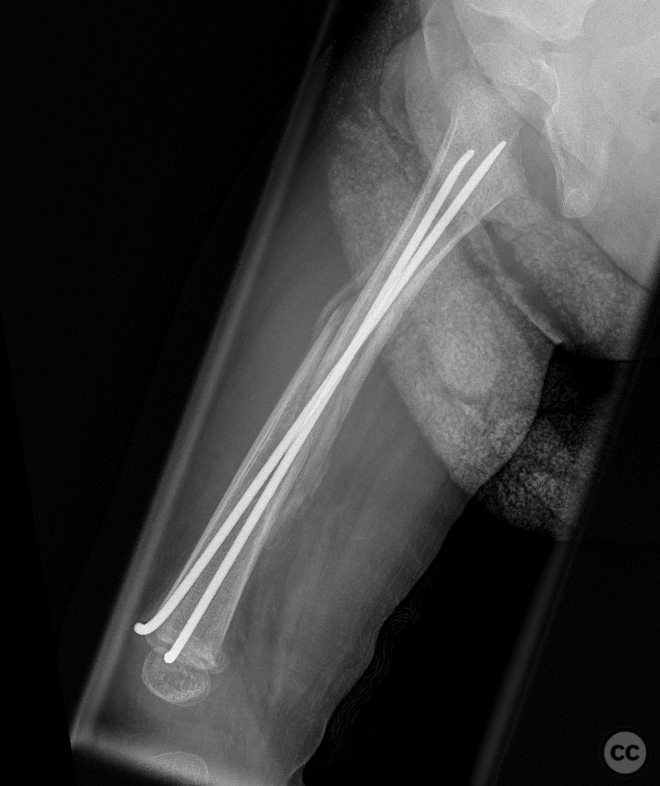
Article viewed 1619 times
18 May 2023
Add to Bookmarks
Full Citation
Cite this article:
Oates, E.J. (2023). Femoral diaphyseal spiral fracture in 22 month old. Journal of Orthopaedic Surgery and Traumatology. Case Report 49618916 Published Online May 18 2023.